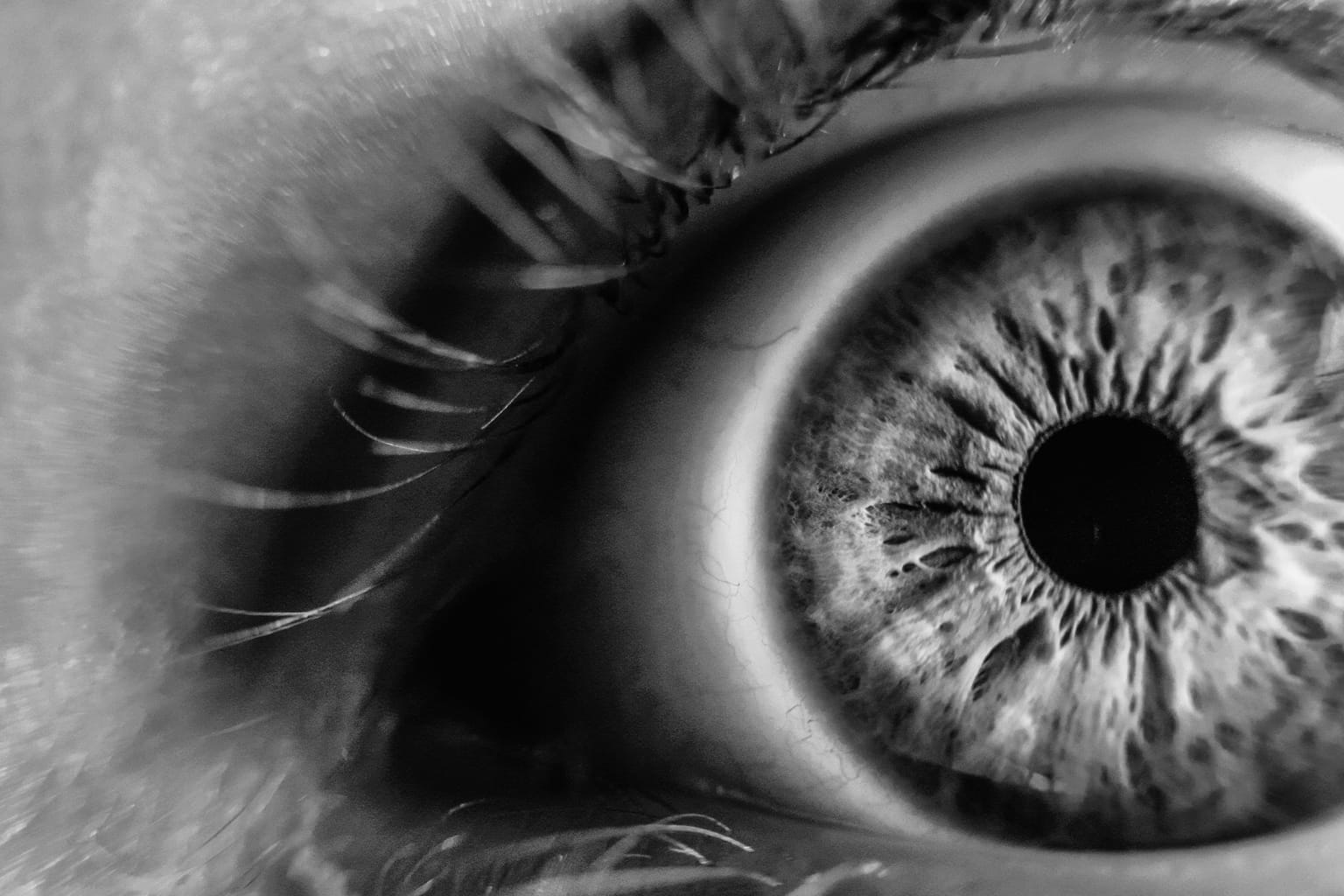Published on 9/1/2017
Visuals are getting more and more important in brand storytelling and turning to science, there might be an answer as to why.
Engagement quickly soared, and GE saw a much higher percentage of click throughs when the content was visually interesting.
Turning to science for answers

The role of evolution

Our brains are hardwired to extract copious amounts of information from what we see.
When visuals win over words

Images have a kind of voracity and real specificity that words don’t have.
Simplicity above all

Icons work because they’re simple.

Why a global accounting firm uses infographic

“Visuals work.”
-Sherry Gu, Director of National Creative Services, KPMG Canada
More than 25,000 people visited its video modules, while 43.5% interacted with “learn more” tags that were placed throughout the video.

Create simple infographics and communicate clearly

GE turns text heavy documents into more visually appealing works.
Visuals will become more and more important

Visuals help set the stage for deeper conversations.